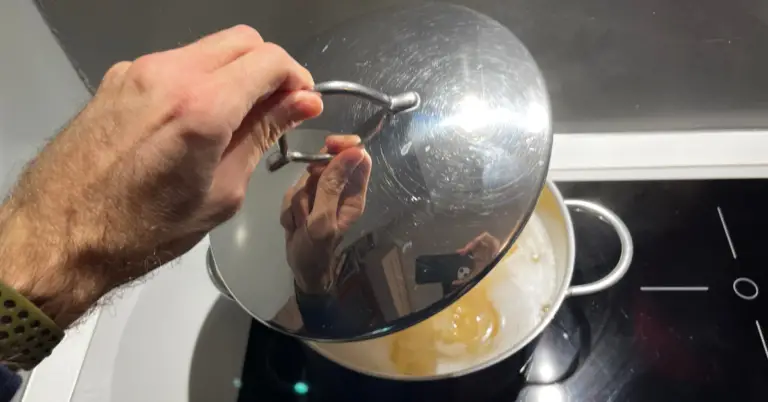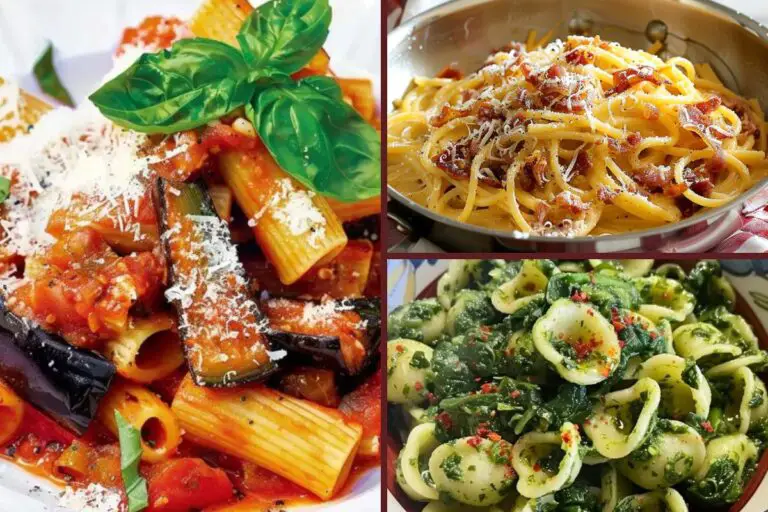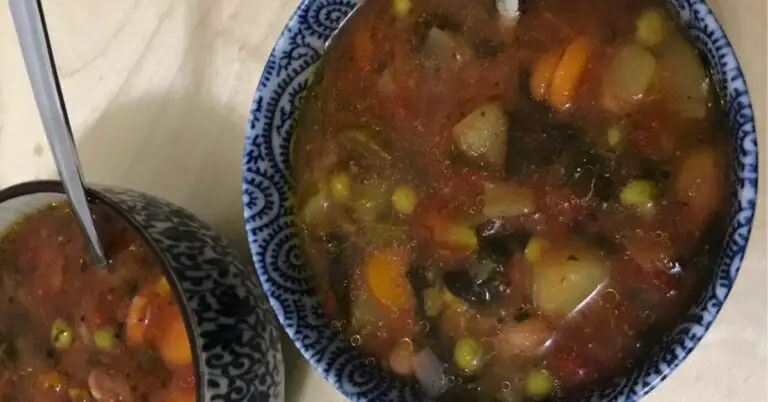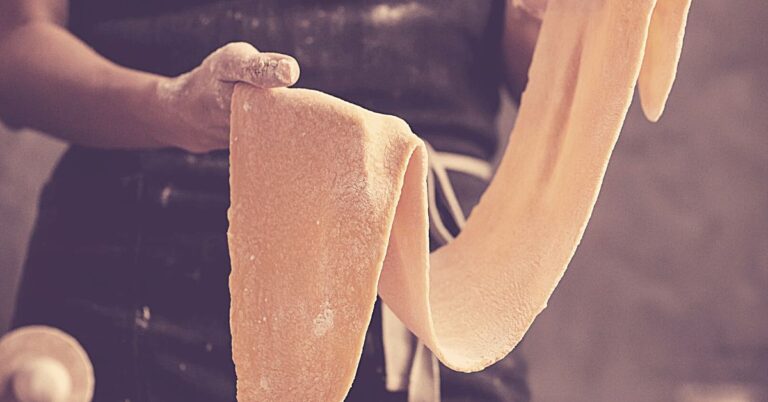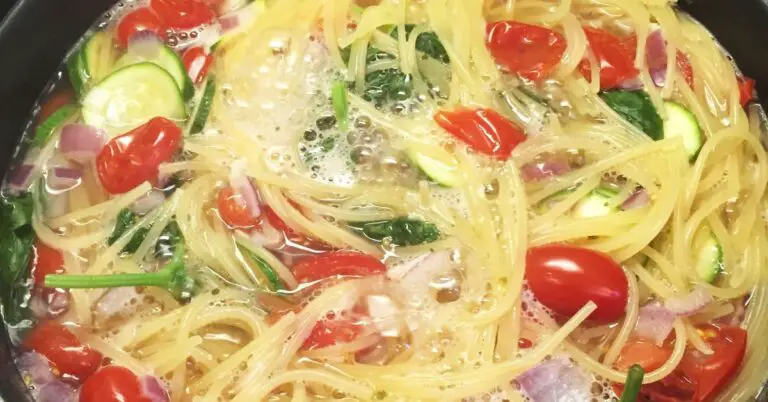Are you passionate about Italian food, especially pasta? Then you should absolutely give it a try to tortellini.
Tortellini are a type of stuffed egg pasta, mostly circular in shape (like a belly button), containing a filling of cooked pork meat, raw ham and Parmesan cheese; they are eaten both in broth and with meat sauce, typical of the Emilia Romagna region and the cities of Bologna and Modena.
Tortellini are made up of a thin sheet of dough and a delicate but tasty meat filling. Italians love tortellini and often prepare them in broth or cooked in boiling water like normal dry pasta, during the holidays or for a family lunch.
Handmade tortellini is quite laborious to make, but in Italy, it is possible to find good quality tortellini even in the fresh pasta aisle at supermarkets or at local pasta factories. If you have difficulty distinguishing fresh pasta from dry pasta, read the link.
Do not confuse tortellini with other filled pasta, such as ravioli, tortelloni, or cappelletti, below I will explain the subtle but substantial differences.
If your mouth is already watering and you would like to find out more about this delicious Italian first course, continue reading the article!
When was tortellini invented?
Tortellini do have an ancient origin, in fact, their first traces can actually be found in the Middle Ages. There is talk of tortellini in a parchment of 1112, as well as in a papal edict by Pope Alexander III in 1169. The first written recipes of tortellini date back to the 14th century, when this stuffed pasta was mentioned for the first time in cookbooks.
Tortellini are a fairly elaborate shape of fresh stuffed pasta, as you need a lot of manual skills to close them, very different from the very first pasta shape ever existed which resembled a lasagna, as I explained in the article at the link.
Tortellini are usually consumed in broth and this recipe has its roots in the 18th century. A “tortellini soup” is mentioned in the Christmas lunch menu of the monks of the monastery of San Michele in Bosco in Bologna in 1708.
Over the centuries, tortellini’s recipe has changed several times. For example, the use of mortadella and ham in the filling is testified from the 19th century, in a recipe reported by Pellegrino Artusi in his manual “Science in the kitchen and the art of eating well”.
Is all tortellini stuffed?
Yes, tortellini are a filled pasta and there isn’t a version of tortellini without the filling. Since it is a type of pasta with very ancient origins, there are many variations of this recipe, especially regarding meat filling.
However, suppose we want to consider only the most “official” recipe. In that case, we can look at the one deposited on the 7th December 1975 at the Chamber of Commerce, Industry, Crafts and Agriculture of Bologna by the Tortellino Confraternity and the Italian Academy of Cuisine.
In this recipe the filling of the tortellini is prepared with:
- Loin of pork, which is the part of the animal’s back;
- Bolognese mortadella, a unique pork salami;
- Prosciutto crudo, raw ham;
- Parmesan Cheese;
- Eggs, to bind the ingredients together;
- Nutmeg.
Is the meat in tortellini already cooked? Yes, the pork loin should be simmered in butter before starting to prepare the filling.
Is tortellini fresh or dried pasta?
Tortellini were born as fresh pasta but today it is also possible to find dry tortellini at the supermarket, which has a longer expiration date and should not be kept in the refrigerator.
Dry tortellini is very convenient because they can be kept in the pantry for a longer time and cooked and eaten when you have a sudden craving, but Italians tend to prefer fresh tortellini because they best express all their flavor. Keep also in mind that fresh tortellini can’t be stored for a long time (unless you freeze them) but their cooking time is quicker.
What is tortellini used for?
Tortellini are usually eaten in meat broth, but they can also be eaten without broth, adding various toppings or sauces. Here are some examples:
- tortellini alla boscaiola, with cream and mushrooms;
- tortellini with ham, cream and peas;
- tortellini with tomato sauce;
- timballo di tortellini, which is a baked tortellini pie.
If you don’t love pasta in broth, don’t worry. There are many ways in which you can enjoy tortellini and they are all worth a try! Even just thinking about tomato-based meat sauces, see how many variations exist here.
When do Italians eat tortellini?
Italians eat tortellini in broth during Christmas or Easter holidays or for lunch or dinner with the family. Some people love preparing them home made from scratch (yes, even the broth) so the preparation is a bit longer and for this reason, tortellini are very often eaten during festivities.
But you know how much Italians do love pasta, so don’t be surprised if sometimes they take out from the fridge some store-bought tortellini to eat dry with sauce or in the broth even during a midweek dinner. Perhaps it is not the type of pasta we eat on the beach, but it is still a dish enjoyed by practically everyone.
How to eat Tortellini in broth?
Even if we talk about pasta, it is still pasta in broth, so you don’t use a fork but eat it with a soup spoon. Obviously, since there is a good part of the liquid, tortellini in broth should be served on a soup plate.
How do I cook tortellini?
Tortellini are quite difficult to prepare from scratch, so if you’re not confident with homemade fresh pasta, it’s better to buy them at the supermarket or from a pasta factory. To eat them in broth, you simply cook them for 3-4 minutes in the boiling broth. If you want to try them with a sauce, cook them quickly in salted boiling water, drain them like normal pasta and then add the condiment. Buon appetito!
If you love Italian primi piatti but you can’t get on a plane to Bologna to eat a steaming plate of tortellini right now, don’t despair. Online there are many valid recipes and you can try to make them at home. For those who don’t feel like master chefs, you can look for tortellini at the supermarket – just make sure that the meat filling is made with ingredients similar to those of the original recipe.
Difference between tortellini and other stuffed pasta shape
What is the difference between tortellini and ravioli?
Tortellini have the typical shape inspired by the navel of Venus and they are filled with meat, mainly pork. The term ravioli is instead more generic and indicates a category of fresh pasta which can be filled with meat, fish, vegetables, or cheese. Ravioli don’t have the same shape as tortellini but they can be squared or round.
What is the difference between tortellini and tortelloni?
Tortellini and tortelloni are two different types of fresh egg pasta, so they are similar but definitely not the same thing. Tortelloni are larger than tortellini and traditionally have no meat inside but their filling is made with ricotta, Parmigiano-Reggiano, parsley, egg, and nutmeg.
Difference between tortellini and cappelletti?
The first difference you notice is obviously the size. Tortellini are smaller, while cappelletti is usually larger. The shape is also different, due to a different closing technique. Tortellini are traditionally closed around the little finger, while the cappelletto is closed directly by joining the two ends of the triangle.
Difference between tortellini and agnolotti
It is quite easy to distinguish tortellini from agnolotti. The agnolotti has a square shape, with the filling enclosed by two sheets of egg pasta. The main feature of the Piedmontese agnolotto, compared to the other stuffed pasta specialties of the rest of Italy, is the use of roast meat for the filling.

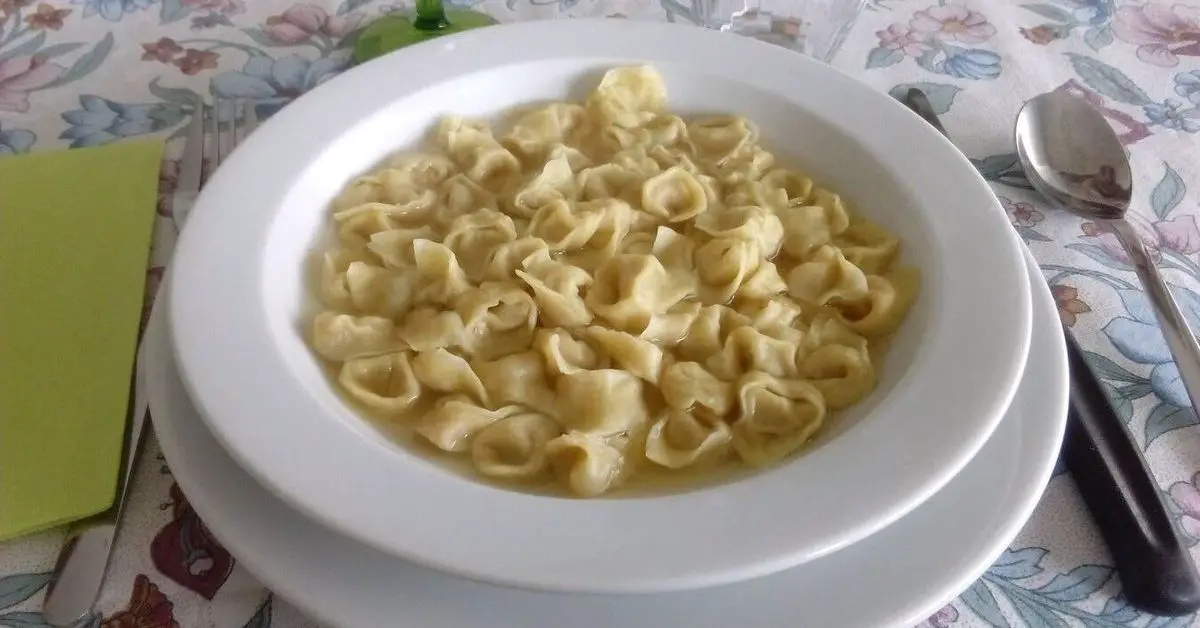
![Best Sauce to pair with [all Pasta Shapes]](https://whyitalians.com/wp-content/uploads/2023/03/dry-pasta-shapes-768x402.jpg)
